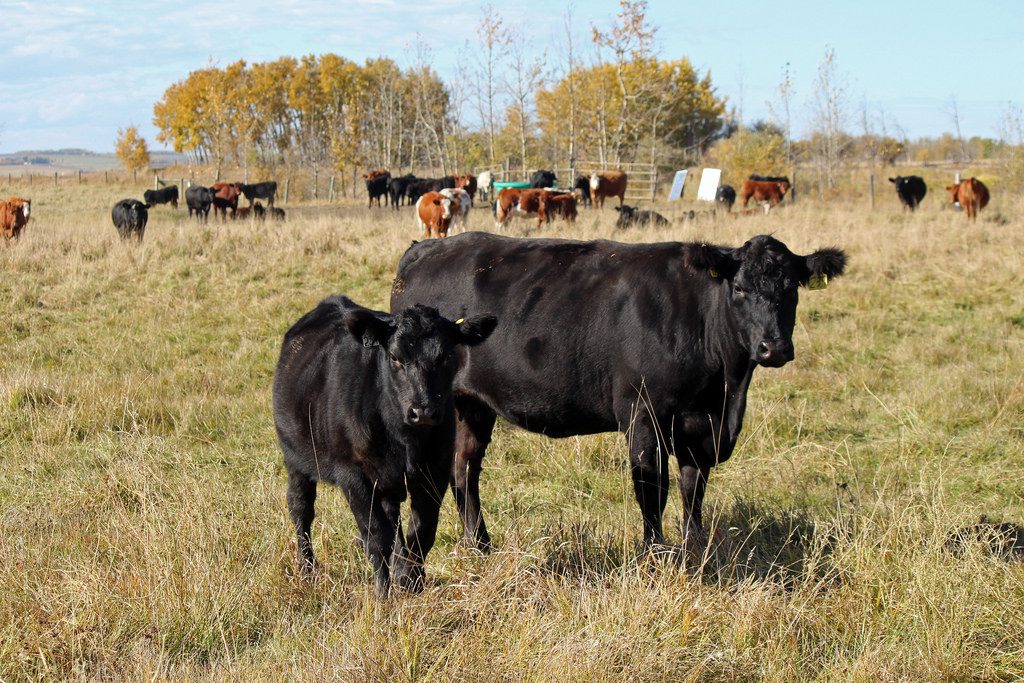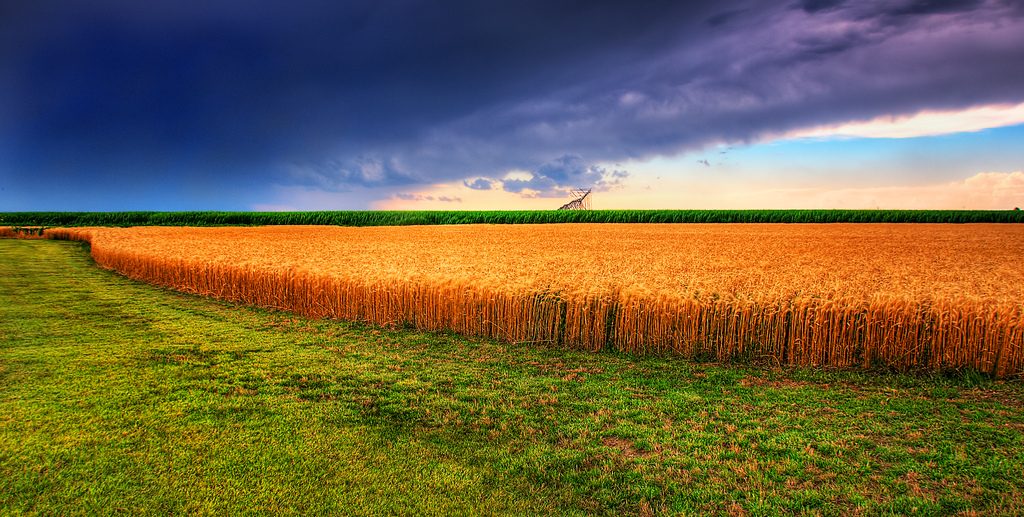
The world’s agriculture sector, which covers 40 percent of the earth’s surface, accounts for a quarter of greenhouse gas emissions. Cattle is a big cause of methane gas.
I started working on this story early on while at COP23 in Bonn, Germany in November 2017. Jason Funk, a good source and associate director of land use for the Center for Carbon Removal, kept me up to date on negotiations regarding the world’s vast and varied agriculture sector and its connection to carbon emissions. As always, the problem has been known for years; also as always, lots of talk and zero action came of six years of meetings. Until the last week of COP23. Jason was so stunned that he was barely enthusiastic when he told me the news of the breakthrough outside the main plenary hall.
I knew this was a story I would pursue after I returned from Germany, and my editor, Glenn Scherer, was glad to have it as a tie-in to the Global Landscapes Forum, also held in Bonn a month after COP23. Meeting Bronson Griscom of The Nature Conservancy and his high-level report about how much the land sector can contribute to climate mitigation was a lucky break.
If the world has any chance of meeting the Paris Agreement goals for emission reductions and slowing the rate of global warming, all levers must be pulled — among them how we farm and what we eat.

